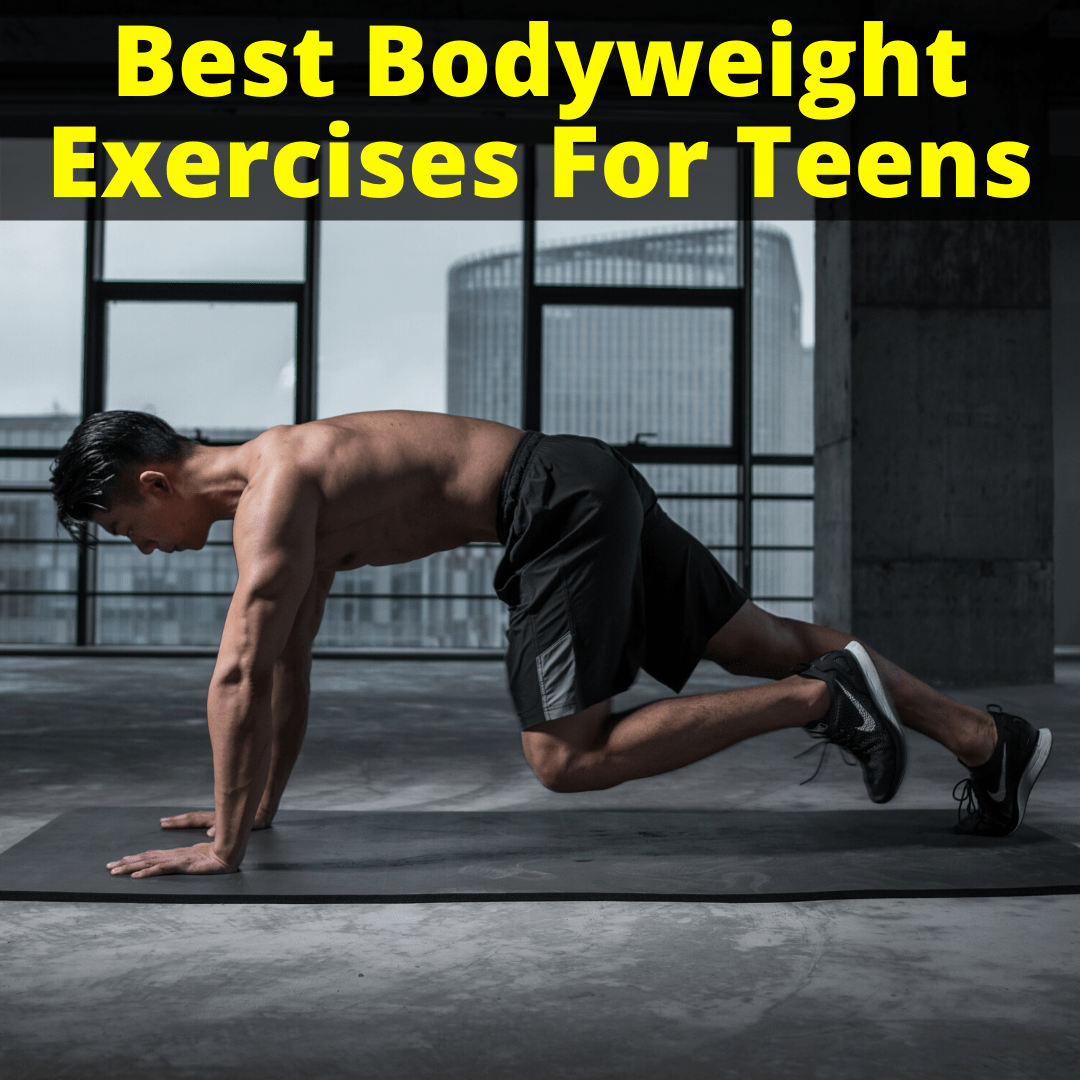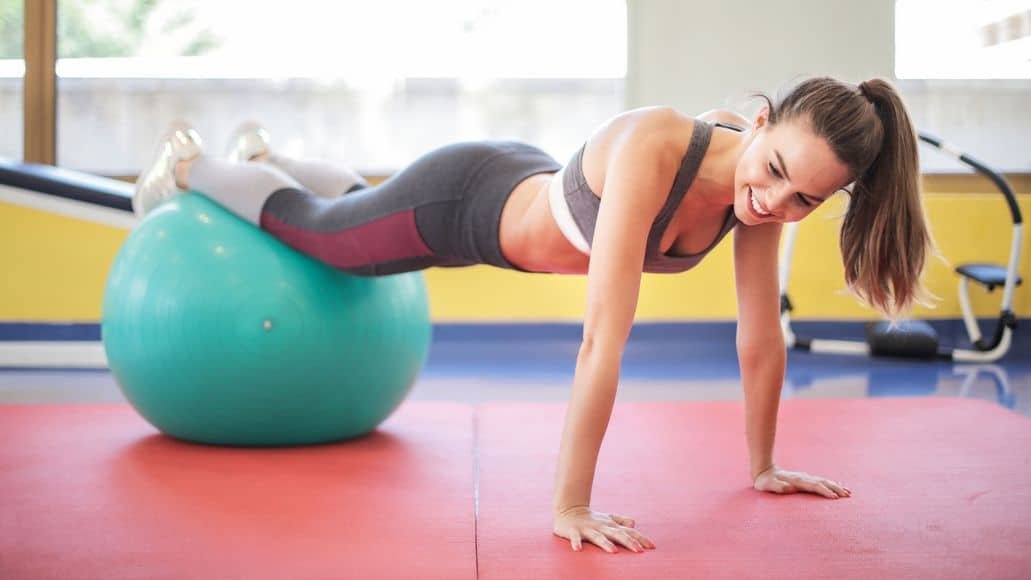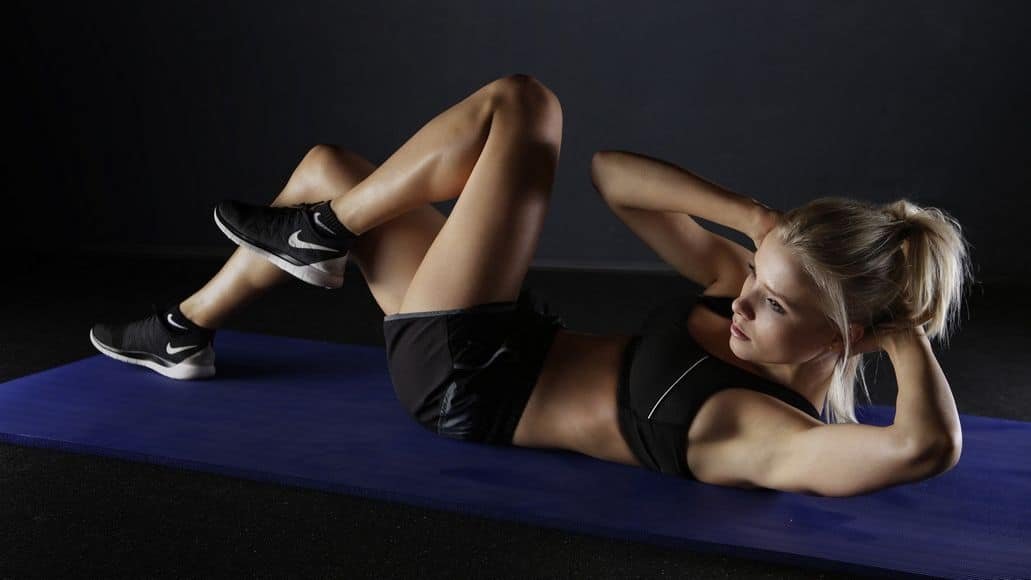 Teenagers in the 21st Century are the most unfit generation in history.
Teenagers in the 21st Century are the most unfit generation in history.
With the rise of the internet, mobile technology and gaming, teens get less exercise than ever before.
The World Health Organisation (WHO) estimates that the number of obese teenagers has risen from 32 million in 1990 to 42 million in 2013. This is an increase of more than 25%.
We can combat obesity and a lack of physical fitness with exercise and resistance training.
One of the best and most suitable ways is through bodyweight exercises.
So what are the best bodyweight exercises for teens?
Bodyweight Training: The Facts
Bodyweight training is a cheap and easy way to exercise, get fit, build muscle and improve health. Bodyweight exercises can be done pretty much anywhere. Some ideas are:
- In the house – a bedroom floor is perfect
- Outside in a public park
- In the yard/garden
One of the best things about bodyweight exercises is that you don’t need to join an expensive gym or buy any equipment. All you need is your body, some space and a little motivation.
Bodyweight training can burn huge amounts of calories and fat. Bodyweight training is used by the Army, Marines, boxers and MMA fighters to improve fitness, build muscle and increase endurance.
Remember To Warm Up!
A good warm up is really important. You should warm up before you do any kind of physical activity or exercise. A warm up will help prevent injury by loosening joints and getting the blood flowing.
Start by walking on the spot or up and down a set of stairs. If you’re able, gradually increase your speed until you’re jogging. Your blood will be pumping and you will feel warm and be sweating a little. Take care jogging up the stairs!
A warm up should last for between 5 and 15 minutes. You should feel warm but not tired.
Best Bodyweight Exercises For Teenagers
The following are the best exercises that use bodyweight. They are all simple and do not require equipment, though adding things like dumbells or weighted vests can increase effetiveness.
The Push Up
The push up (or press up as it’s sometimes called) is one of the most recognizable bodyweight exercises. It works your chest, shoulder, core and back muscles.
MMA fighters, soldiers and boxers might do hundreds in one day. However you can start by just doing a few and then building up your numbers slowly.
The best way is to do as many as you can and then stop. That’s called one ‘set’. Rest for a couple of minutes and then do another set. Aim to do five sets of ten push ups. Once you can do that, go for five sets of 20.
To do a push up, lie face down on the floor with your hands palm down on the floor, in line with your shoulders. Your legs should be straight. Using your chest, arms and shoulders, lift your body off the floor, keeping your legs straight.
Keep going until your arms are straight but not locked. Then lower down slowly until your elbows are at right angles.
That’s one push-up (or one ‘rep’).

If you can’t do a full push up, there is a technique that you can use until you build upper body strength. Rest your knees on the floor as you push up. This means less weight is being lifted and so the exercise is easier.
The Squat
The bodyweight or ‘air’ squat is one of the best exercises to work the leg muscles, lower back and core (abdominals or abs). It will also improve flexibility in the hips and improve posture.
To do a squat, stand with your feet shoulder-width apart. I like to rest my hands on my head or have them crossed over my chest. Bend at the knees and hips, as if sitting down on a chair. Keep the chest up, eyes facing forward. When your thighs are at right angles to the ground, stand slowly back up. That’s one squat.
Start by doing five sets of 10 squats. Once you can do this easily, increase your numbers until you can do five sets of 20.
If you find squatting difficult, use a chair for support. Lower your bodyweight slowly onto the chair and stand slowly back up without resting. This will make the exercise easier until you are strong or flexible enough to do a full squat.
Chin Ups
So far, we’ve worked our chest, shoulders and legs. Now we want to work the muscles in our backs. The chin up is one of the best ways to safely exercise the back muscles.
Although you can buy chin up bars to fit in doorways at home, I prefer to improvise. You can use anything: a beam in your garage, the branch of a tree, even a climbing frame in the park.
Start with your hands grasping the bar. Your palms can either face you (this works the arms more) or away from you (this focuses more on the back). Pull your body up until your chin is over the bar. Then lower slowly down. This is one chin up.
Chin ups are quite difficult so start with three sets of two or three reps. When you can do this easily, increase the numbers until you can do three sets of eight.
There is a technique to improving your chin up numbers. It’s called ‘greasing the groove’. This is best done with a door-way mounted chin up bar. Every time you pass the bar, you have to do a chin up! Once this is easy, increase it to two chin ups, and so on.
Abdominal Crunches

Abdominal crunches are a great bodyweight exercise in that they target the stomach muscles, or abdominals. These are often referred to as ‘abs’.
A strong set of abdominal muscles helps you to perform the other exercises listed above. Strong abs also help to prevent injury, especially to your back. Crunches are easy to do. Here’s how:
Lie on your back with your knees bent at 90 degrees. Hook your toes under a sofa or another piece of furniture – this will help stabilize your body. Cross your arms over your chest with your hands touching your collar bone. Slowly raise your chest and shoulders up off the floor until your upper body is at a 45 degree angle. Keep your stomach muscles tight. Then lower slowly down. That’s one crunch.
Do three sets of 12 crunches. You can increase the numbers once this feels easy.
To make this move harder you can touch your head with your fingertips (don’t ‘pull’ on the back of your head). Try not to rest your shoulders on the floor in between crunches.
Tricep Dips
So far, we’ve worked the upper body, legs and abs. Now for the arms!
Arm exercises are best done at the end of a workout as they require less energy than movements like push ups or chin ups. Tricep dips are one of the best bodyweight exercises for growing muscle in your arms and shoulders.
Many people spend a lot of time building their biceps, but the triceps muscles make up 2/3 of your arms. So it makes sense to focus on building them too.
To do tricep dips, all you need is a chair and a little bit of space.
Sit on the chair, with your hands beside you, gripping the edge of the seat. Straighten your legs out in front of you, heels resting on the floor. Push your body up and away from the chair using your arms.
Now lower yourself down until your elbows are at 90 degrees. Your bottom should be lower than the seat of the chair. Push back up until your arms are straight but not locked out. That’s one rep.
Start by doing four sets of 12 reps. Focus on doing the movement slowly and under control. Try to ‘feel’ your arms working and don’t jerk or use momentum.
Keep your elbows pointing back. Letting them point out to the sides will make the exercise easier and won’t target your arms as well.
To make this easier, you can bend your knees a little. The more you bend, the easier this exercise is.
Here are additional isometric exercises for biceps and for triceps.
Bodyweight Training For Teens: Summary
Bodyweight training is a great way for teens to get fit, exercise and improve muscle size and tone. These five exercises are a great way to start working out and using bodyweight exercises anywhere.
Try doing these exercises consecutively in a workout. You could also do them in a circuit For example:
1 set each of:
- Push ups
- Squats
- Chin Ups
- Abdominal Crunches
- Tricep Dips
Rest for two minutes and repeat three or four times. Both should take under an hour with a warm up.
Once you can do these exercises easily, you could also add in other bodyweight exercises. These are more advanced so you should focus on the basics before attempting these.
More advanced exercises include: Lunges, pistol squats, single leg dead lifts, ‘diamond’ push ups, plank, shoulder press.
Remember you should always speak to your physician when starting a new exercise routine and stop immediately if you feel sick or dizzy at any time.
Leave a Reply